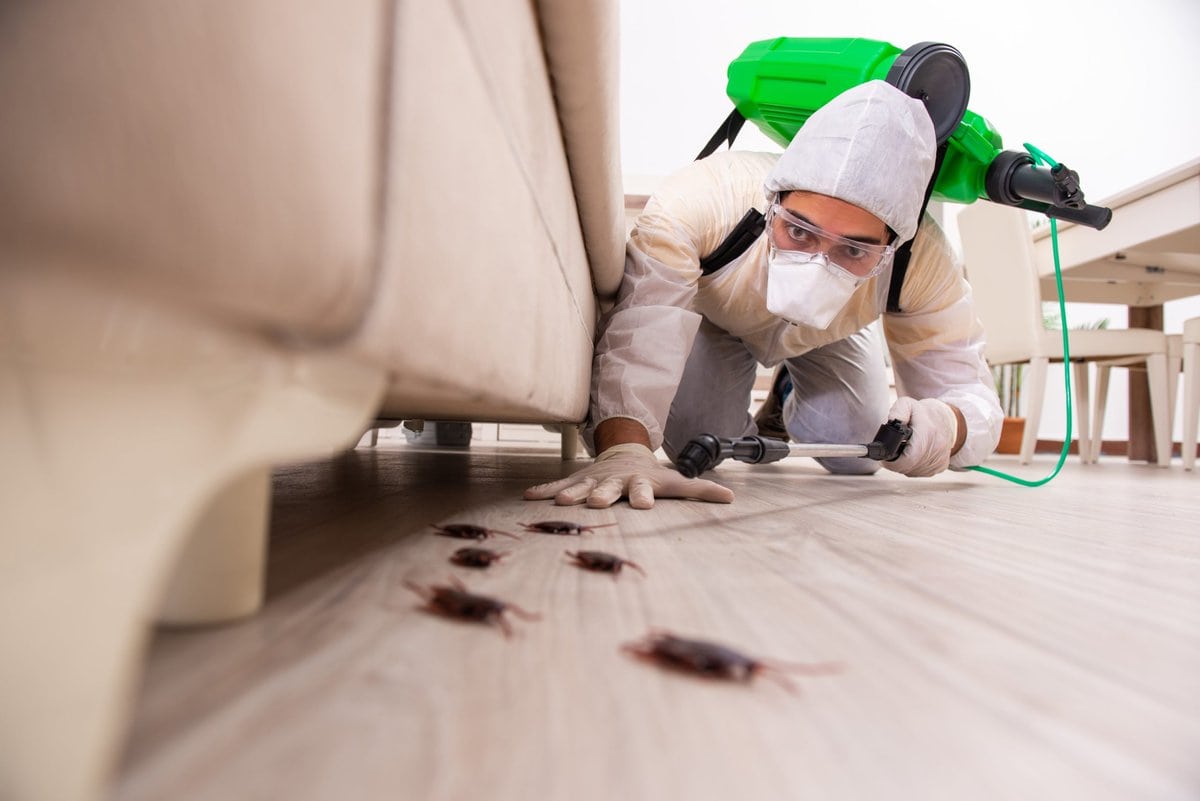
Termites, those tiny yet destructive insects, can wreak havoc on homes and buildings if left unchecked. Understanding the different types of termites that commonly infest structures is essential in identifying the signs of an infestation and determining the appropriate treatment. By examining their behavior, nesting habits, and the damage they can cause, homeowners and property owners can be better equipped to protect their investments and take proactive measures against these silent invaders.
Subterranean Termites
Subterranean termites, including the notorious Formosan termites, are the most widespread and destructive type of termite. They reside in underground colonies and construct mud tubes to reach their food sources, primarily wood. These termites are attracted to moist environments and often infest structures through soil-to-wood contact points.
Their behavior involves forming complex caste systems with distinct roles, such as workers, soldiers, and reproductive termites. Workers are responsible for foraging, building and maintaining the colony, while soldiers defend against threats. Reproductive termites, also known as alates, swarm during mating season to establish new colonies.
Subterranean termites can cause extensive damage to buildings, chewing through wood and weakening the structural integrity. They can remain undetected for long periods, making early detection crucial. Signs of infestation include mud tubes along foundation walls, damaged or hollow-sounding wood, and discarded wings near windows and doors.
Drywood Termites
Unlike subterranean termites, dry wood termites establish their colonies within dry wood structures, such as attics, furniture, or framing. These termites do not require contact with soil and can survive solely on the moisture present within the wood they infest. Drywood termite infestations tend to be localized and concentrated in specific areas.
Drywood termites have a slower rate of reproduction compared to subterranean termites, but their colonies can still cause significant damage over time. They create intricate tunnel systems within the wood, chewing across the grain, and leaving behind characteristic kick-out holes where they discard their fecal pellets, known as frass.
Identifying dry wood termite infestations can be challenging since they do not construct mud tubes. Signs include piles of frass resembling small wooden pellets, tiny holes in the wood surfaces, or the presence of swarmers during their mating flights. Regular inspections and vigilance are crucial to catch these stealthy invaders early.
Dampwood Termites
Dampwood termites thrive in moist environments and infest wood with high moisture content. They are typically found in regions with humid climates, where they infest decaying wood or structures with moisture problems, such as leaky roofs or plumbing issues. Dampwood termites require larger wood sections to establish their colonies.
Compared to subterranean and drywood termites, dampwood termites have a smaller impact on human structures. However, they can still cause significant damage to wooden structures or items in contact with damp areas. Infestations are more commonly found in outdoor wooden structures, like decks or fences.
Dampwood termites create elaborate galleries within the wood, and their colonies consist of fewer individuals compared to other termite types. Signs of infestation include damaged or waterlogged wood, the presence of swarmers during their mating season, or the sound of tapping within infested wood.
Conclusion
Being aware of the different types of termites that commonly infest homes and buildings is essential for early detection and prompt action. Subterranean termites, with their extensive colonies and mud tubes, pose a significant threat, while drywood termites can silently damage dry wood structures. Dampwood termites, on the other hand, thrive in moist environments and target decaying wood. By understanding their behavior, nesting habits, and the damage they can cause, homeowners and property owners can take preventive measures and seek professional termite treatment when necessary.
Regular inspections, maintaining proper ventilation, reducing moisture sources, and keeping wood debris away are essential steps in termite prevention. When signs of infestation are detected, it’s crucial to consult with a professional termite control service to develop an effective treatment plan.
By staying informed about the types of termites and their characteristics, we can better protect our homes and buildings from their destructive capabilities. Remember, early detection and proactive termite management are key to safeguarding your property investment and ensuring a termite-free environment for years to come.










